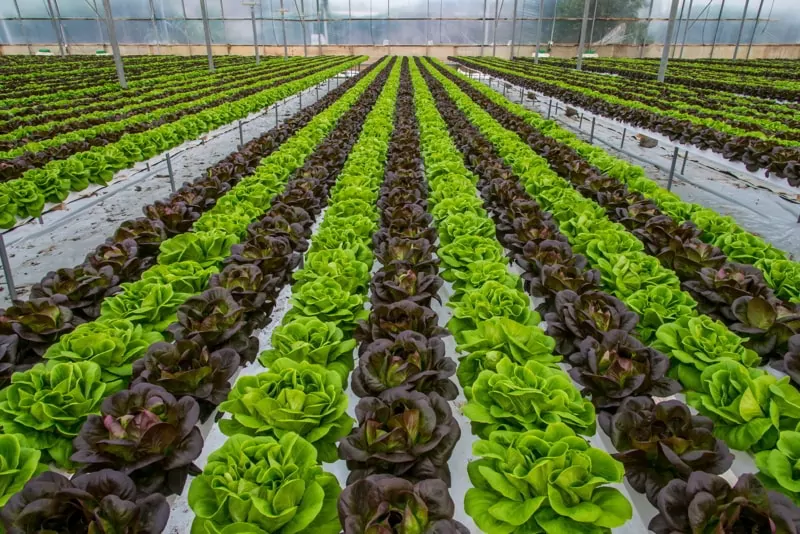Go Niche Or Go Home—How To Cash In On The Hottest Opportunity Of The Century
In my primary school class, there was a kid who nobody envied…
Tara was allergic to dairy, eggs, fish, and nuts. A pretty rare thing back in the 1980s…
She showed up to birthday parties with her own bag of snacks—which always included the one kind of candy that passed her mom’s scrutiny.
She never complained. But to the rest of us, it seemed like Tara was serving life.
How things have changed…
When I switched to a plant-based diet two years ago, I was blown away by all the meat and dairy alternatives out there. It was hard not to feel guilty, remembering how tough my old classmate—along with the die-hard vegans of yesteryear—had it…
I didn’t give up meat and dairy to feast on tofurkey or facon, but it’s comforting to have so many “free-from” cheeses and milks at my disposal…
Now, I’m not here to make you eat more vegetables. I’m here to tell you how you can cash in on this growing trend across the world to adopt a healthier diet.
In a survey by New Hope Network, 77% of Americans said personal health has become more important amid the pandemic. The group also estimates that, “Sales of natural, organic and functional food and beverage in the United States grew 13% to $186 billion in 2020.”
Meanwhile, total world population is projected to reach 9 billion by 2050. That’s a lot of mouths to feed, and the U.S. Department of Agriculture figures that the world will need to double current production rates to meet the demand.
And we can expect that an increasing number will seek out healthier produce. Food that’s organic and free of chemicals… that won’t do harm to our planet or our bodies…
This year alone, the global organic food market is expected to grow by 9.7% to over US$220 billion.
The only question is: How can you—the individual investor—position yourself to profit from the exploding opportunity?
3 Tips To Cashing In On Our Exploding Global Food Industry
Here are three secrets to individual investor success in this sector:
– Invest turn-key
Unless you’re prepared to go really big and to become an expert farmer, you should invest with a group that will handle all aspects of production for you, simply sending you your share of profits from each harvest…
– Focus on turn-key opportunities where you own the fundamental asset
This may be the underlying land… or, in the case of hydroponic farming, the greenhouse where the produce is grown…
– Go niche or go home
You aren’t going to get far investing at a commodity level. Go into a highly specialized crop…
Are We Talking Short Or Long Term?
In the past, we’ve talked about forestry—and the opportunity to invest in hardwood products. Those are long-term investments where you get a lump sum once your trees are harvested. This can be 15 to 25 years down the line, depending on the age of the trees when you buy.
So, what about turn-key farming projects?
Technically, these are long-term investments. You typically want to hold your asset for a minimum of 20 years. But the big advantage here is the regular—and early—cash flow…
You’ll need to allow some time for the produce to grow. But, from as soon as year 2 with some projects, you’ll start receiving your annual payouts. And these payouts continue to climb every year…
For example, in the truffle opportunity Lief put you onto recently, from year 15, annual payouts reach upward of US$34,000…
This regular, passive income can be a nice boost to your annual income—maybe helping to fund your new life overseas…
Or you can let it accumulate and fatten your nest egg. Taking truffles as our example again, you’d be looking at a total payout of more than US$752,000 over 30 years… a 1,193% return on investment.
Bottom line, a turn-key farming product can satisfy both long- and short-term investment goals. Whether you choose to spend or save, the payments continue to roll in, year after year.
Lynn Mulvihill
Editor, Overseas Property Alert

